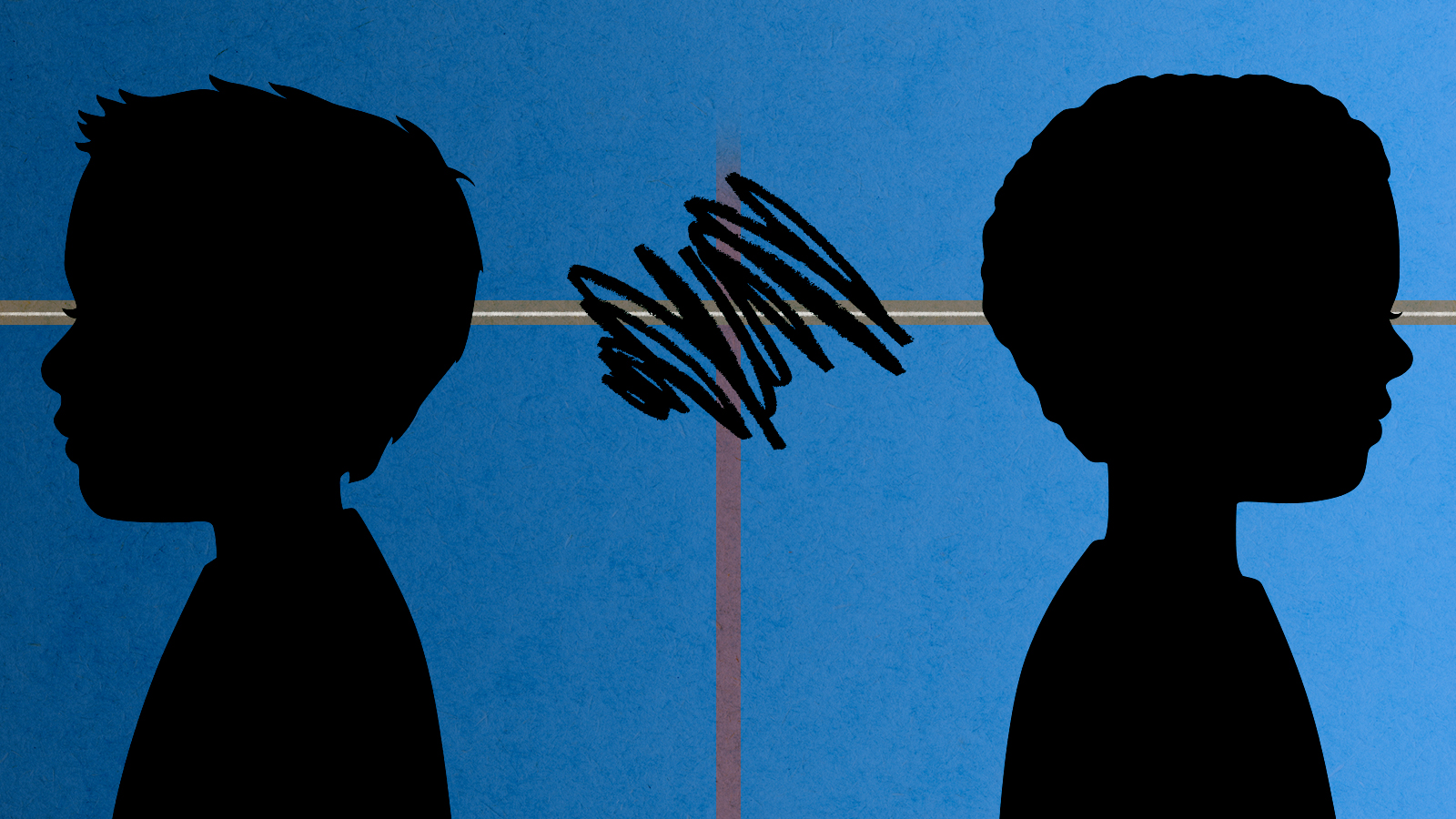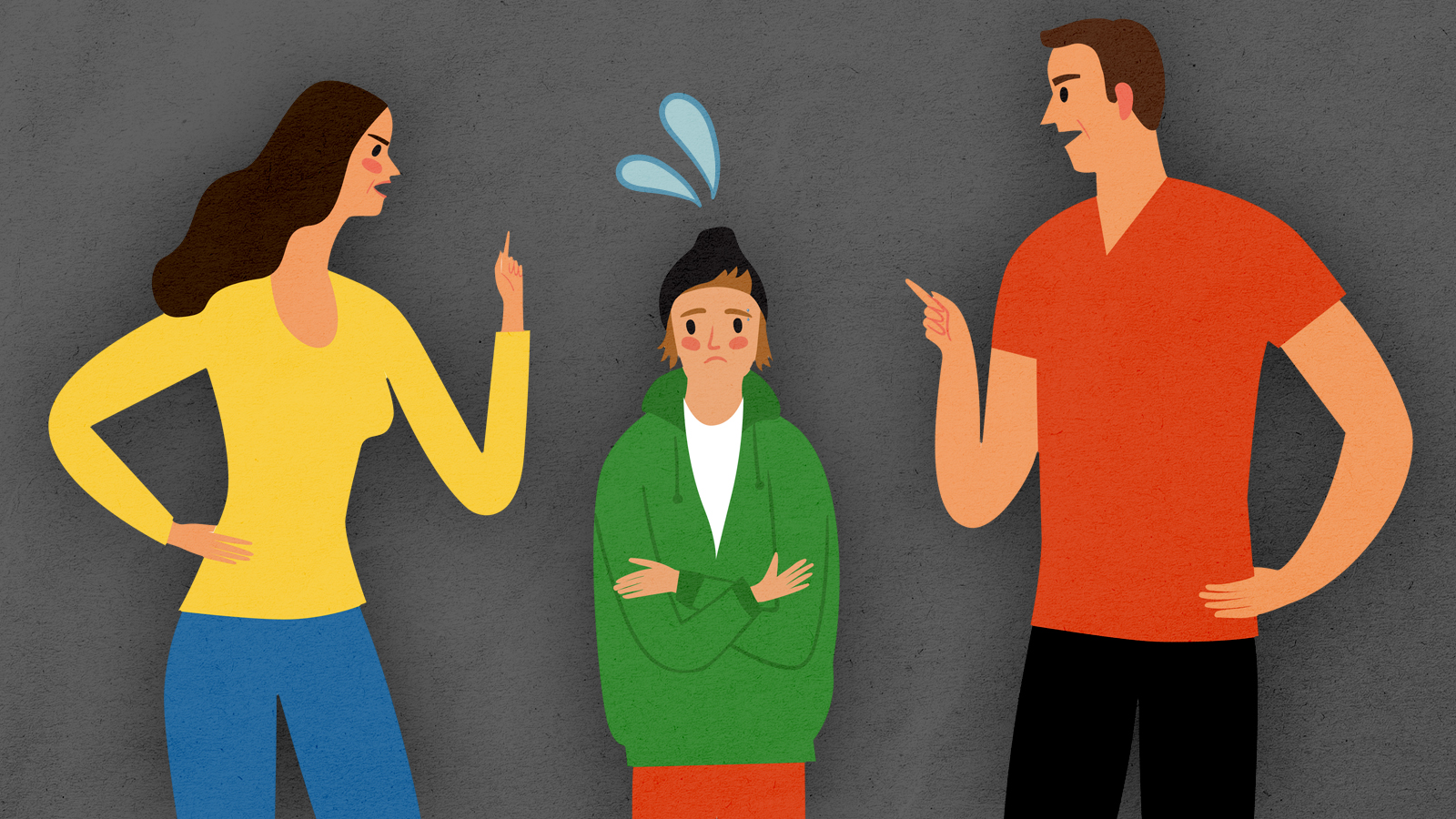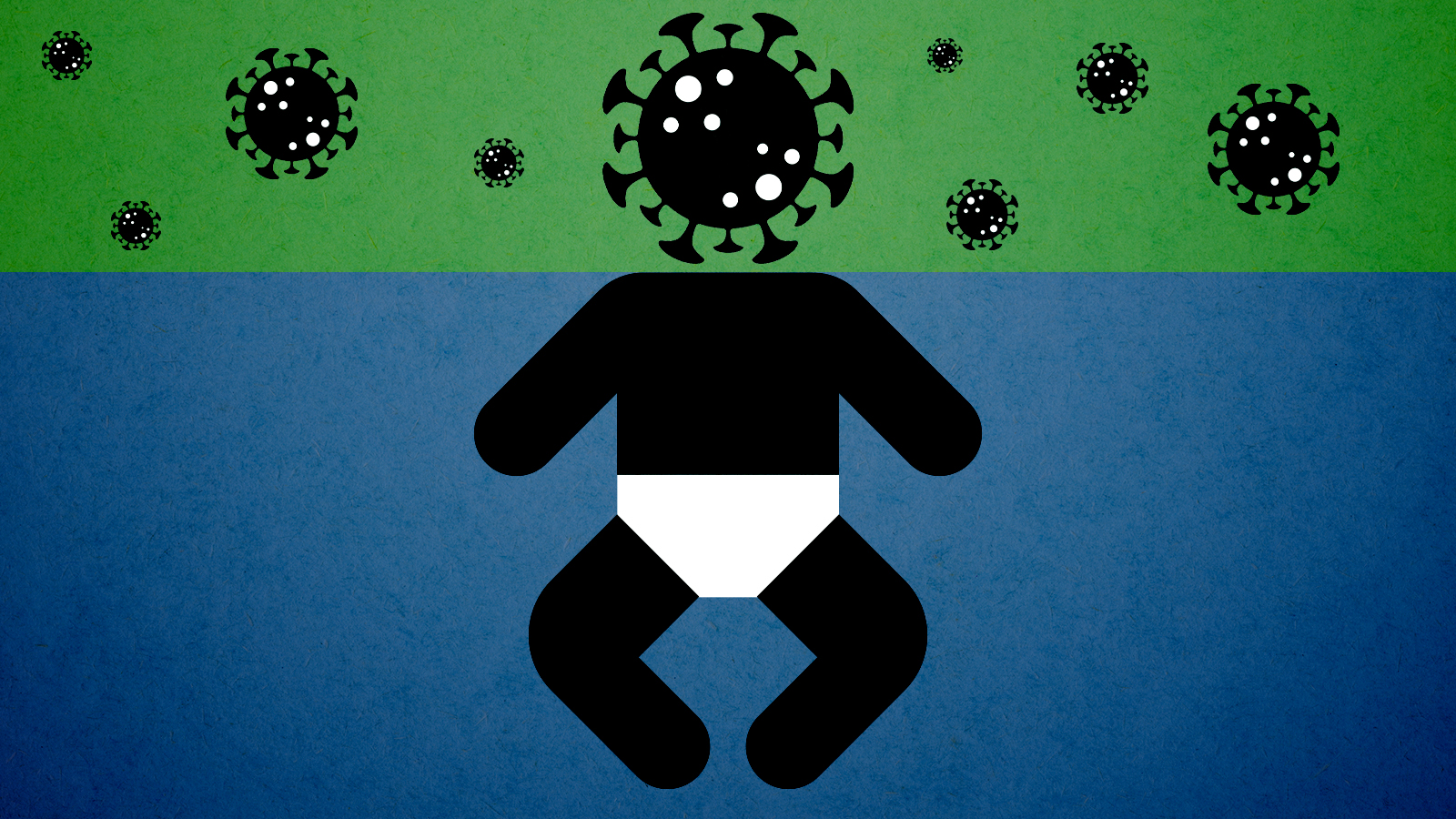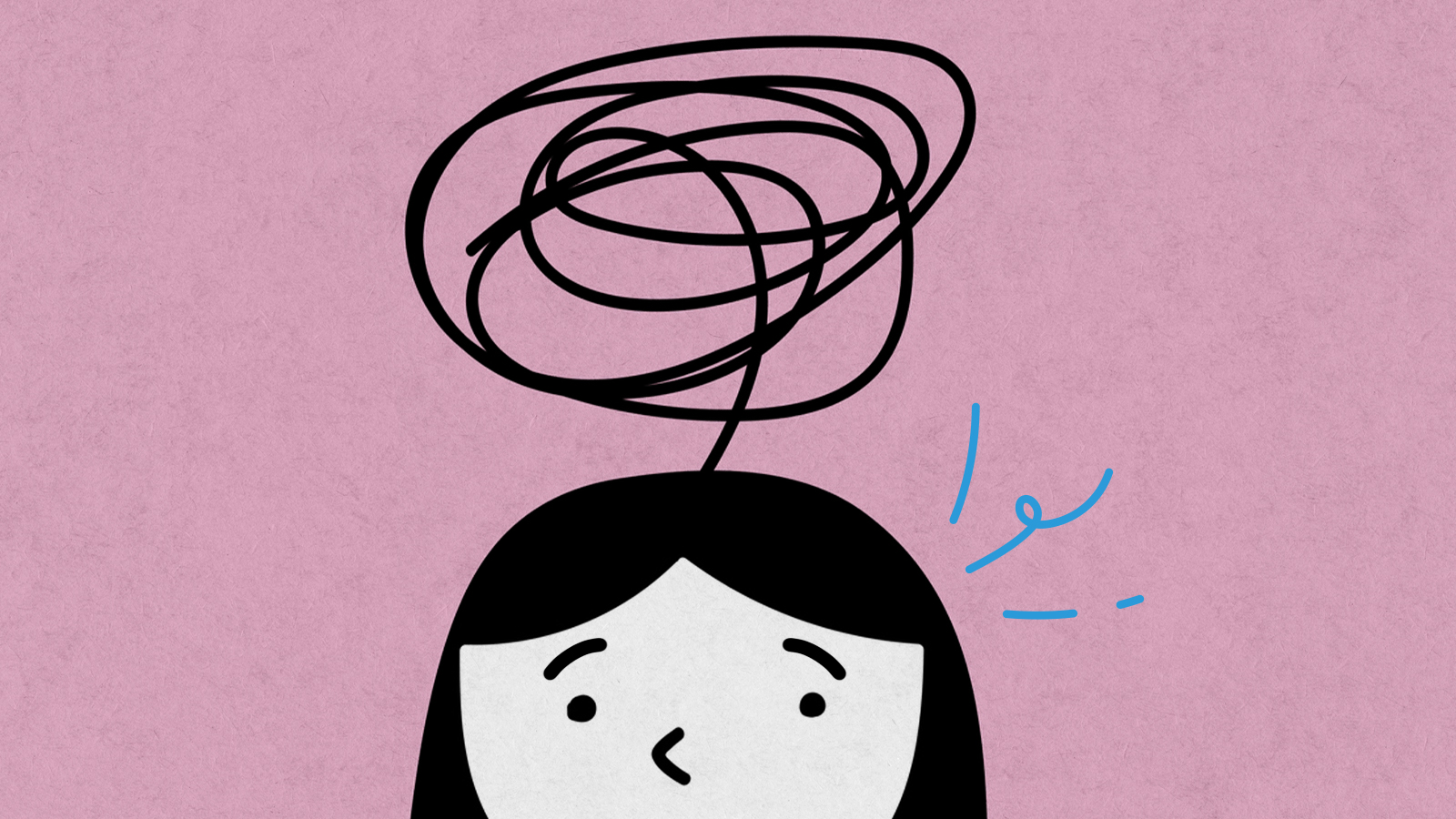The week's best parenting advice: August 9, 2022
Why kids self-segregate, the subtle art of interpreting baby cries, and more


1. Why kids self-segregate
Friendships between people of different races are common until about the age of 10, when children begin to self-segregate. "The long-standing assumption has been that children become more prejudiced at this age," Evan Apfelbaum and Kristin Pauker write in Time, but new research suggests that children's hesitation to socialize across racial lines has more to do with their understanding of prejudice. In a pair of studies, researchers found that children who view prejudice as an immutable trait were less likely to interact with cross-race peers. "Even children who showed low levels of prejudice showed less interest engaging across racial lines when they thought prejudice was fixed," write Apfelbaum and Pauker. In other words, talking about prejudice as a malleable quality that can be overcome may help prevent children from avoiding interracial interactions.
2. The subtle art of interpreting baby cries
Babies can't speak, but they do have a language of their own. It's called crying, and not everyone can understand it. In a recent study, researchers recruited people with different amounts of experience caring for babies and tested their ability to decode babies' cries as discomfort or pain. "It turned out that experience was everything," reports Science Daily. People with little to no experience caring for babies couldn't decipher between cries much at all. Performance generally increased with experience, but even professional caregivers and parents of older kids struggled to understand the cries of babies they didn't know. "Only parents of younger babies were also able to identify the crying contexts of an unknown baby they had never heard before," says first author of the study Siloé Corvin.
The Week
Escape your echo chamber. Get the facts behind the news, plus analysis from multiple perspectives.

Sign up for The Week's Free Newsletters
From our morning news briefing to a weekly Good News Newsletter, get the best of The Week delivered directly to your inbox.
From our morning news briefing to a weekly Good News Newsletter, get the best of The Week delivered directly to your inbox.
3. You can ditch the gummy vitamins
A large randomized trial found that Vitamin D supplementation does not reduce the risk of fractures, cancer, or heart disease in older adults, adding to a growing body of research suggesting that most vitamin use is overrated. "Vitamins are a stark example of where the confusion between correlation and causation can lead us astray," explains Emily Oster in ParentData. People who take vitamins tend to lead pretty healthy lives, but the vitamins themselves don't seem to be doing much at all. There are some scenarios that call for vitamins: if you have a severe deficiency of a particular vitamin, if you are pregnant or planning to become pregnant, or if you are a nursing baby in need of a little extra Vitamin D. But you can stop beating yourself up for forgetting your child's daily vitamin gummy because it probably isn't doing them any favors.
4. Skin-to-skin isn't just for moms
Dads shouldn't hesitate to engage in skin-to-skin contact with their newborns, writes Christian Dashiell in Fatherly. The benefits of the ritual are well-established; it can help stabilize a newborn's vital signs and stimulate brain development, for example. And while most research on skin-to-skin contact (also known as "kangaroo care") focuses on mothers, "there's no physiologic reason why the baby wouldn't receive all of the same benefits from essentially any other human doing this," says pediatrician Wendy L. Timpson. In fact, a new study "found that kangaroo care benefits preemies' health and helps dads relax, be happier, and build their confidence," Dashiell writes. So while it may feel strange to ask for an opportunity for skin-to-skin when there's so much going on with the mother and child, there are good reasons to do so.
A free daily email with the biggest news stories of the day – and the best features from TheWeek.com
5. Teaching kids the difference between wants and needs
It can be disheartening to tell your child there's no room in the family budget for all the toys or clothes they want, but it's also an opportunity to develop their financial literacy and teach them the difference between wants and needs, writes Rachel Fairbank in Lifehacker. Discussions about money should be tailored to the child's age and maturity, but the key is to acknowledge their desire "while finding age-appropriate ways to help them understand why they might not be getting what they want," writes Fairbank. For example, using props like tokens or buttons can help kids visualize relative costs. Coming up with ways for kids to save up for wanted items can also help them cope with disappointment. But ultimately, "it's important for kids to learn how to deal with no ... and to understand that with hard work comes rewards," says clinical psychologist Eric Storch.
Stephanie H. Murray is a public policy researcher turned freelance writer.
-
 Political cartoons for December 20
Political cartoons for December 20Cartoons Saturday’s political cartoons include drowning rats, the ACA, and more
-
 5 fairly vain cartoons about Vanity Fair’s interviews with Susie Wiles
5 fairly vain cartoons about Vanity Fair’s interviews with Susie WilesCartoon Artists take on demolition derby, alcoholic personality, and more
-
 Joanna Trollope: novelist who had a No. 1 bestseller with The Rector’s Wife
Joanna Trollope: novelist who had a No. 1 bestseller with The Rector’s WifeIn the Spotlight Trollope found fame with intelligent novels about the dramas and dilemmas of modern women
-
 How much should doctors trust parental intuition?
How much should doctors trust parental intuition?In The Spotlight Study finds parents' concern can be better at spotting critical illness than vital signs
-
 4 expert tips for avoiding parental burnout
4 expert tips for avoiding parental burnoutThe Week Recommends Today's parents are under an alarming amount of stress. The key is to start making small changes.
-
 A 'horror story': what is fertility fraud?
A 'horror story': what is fertility fraud?Under The Radar US woman has discovered she slept with her half-brother at high school
-
 The week's best parenting advice: October 25, 2022
The week's best parenting advice: October 25, 2022feature What we're getting wrong about the teenage years, the false allure of fancy baby products, and more
-
 The Week Junior poll: Kids are acutely aware of what's happening in the world — and ready to shake things up
The Week Junior poll: Kids are acutely aware of what's happening in the world — and ready to shake things upfeature 'Children are more aware of — and knowledgable about — current events than adults might think'
-
 The week's best parenting advice: October 18, 2022
The week's best parenting advice: October 18, 2022feature The pros and cons of gamifying parenthood, don't be too hard on your moody teen, and more
-
 The week's best parenting advice: October 11, 2022
The week's best parenting advice: October 11, 2022feature What we know about pandemic-induced developmental delays, your kid's obsession with death is normal, actually, and more
-
 The week's best parenting advice: October 4, 2022
The week's best parenting advice: October 4, 2022feature The upside of a short attention span, the truth about rainbow fentanyl, and more
